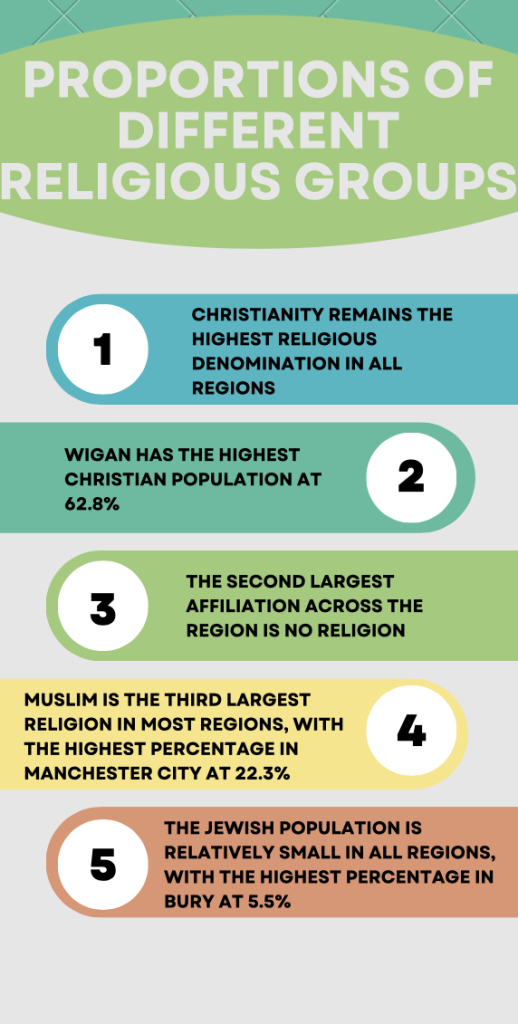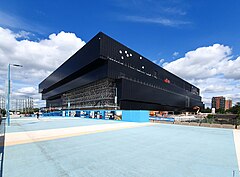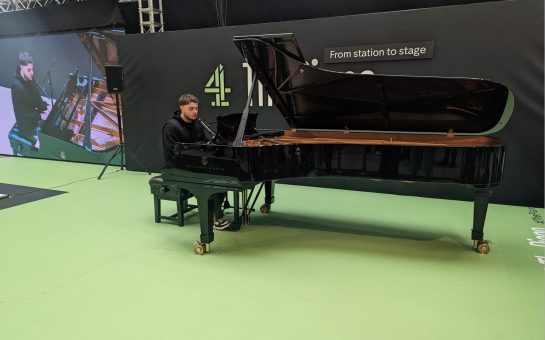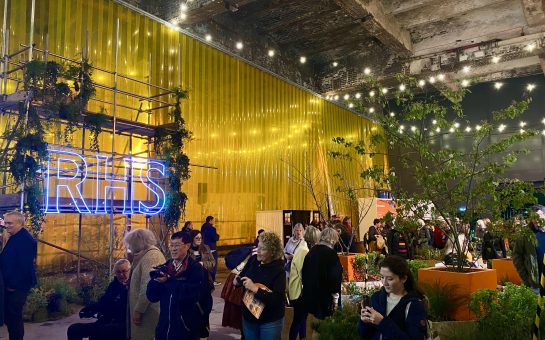The 2021 Census in England and Wales marked a significant shift in the religious makeup of the country, with the number of people identifying as Christian falling below 50% for the first time ever. But how did Christianity in Greater Manchester compare to other areas?
England and Wales saw a decline of around six million Christians over the past decade to 27.5m, while the number of people opting for no religion has increased by around 7m to 22.2m, according to the ONS.
In Greater Manchester, the 10 boroughs generally reflect this trend.
Breaking down the religious affiliation across Greater Manchester, we see the following trends:

Despite the obvious nationwide decline in Christianity, certain pockets in the city region still maintain significantly higher Christian populations compared to the national average.
Areas of Trafford stand out as particularly noteworthy – 64.2% of residents around Dumplington and Trafford Park identify as Christian, while Davyhulme reaches a high 72.5%. Parts of Rochdale’s Middleton range from 75.8% to 81.5%, and Heywood peaks at 74.1%.
Oldham’s Thorp and Thornham foster strong Christian communities at 72.9% and 75.3% respectively, while Harwood in Bolton sees 74.1% of its population.
Former web editor of the Church Times Sarah Doyle is Manchester born-and-bred, attending mass in Urmston every Sunday, as was tradition.
She pointed to Wigan’s Kraft Heinz factory – one of the biggest employers in the city region, and a possible reason for the borough’s high Christian population.
“Like Port Sunlight in Liverpool, they had an almost patriarchal attitude to their workers,” she said.
“There was a code for people who were employed by them: you work for Heinz, you live in one of the Heinz houses, and you were expected to go to church every Sunday. That was part of the deal. The data could be a throwback to that.”
But the decline is impossible to ignore – both nationally and regionally. Doyle attributes this partly to an image problem.
She said: “The established church in the UK is so bound up with the constitution. People are disillusioned with the state – which is all terribly elitist and white male – therefore disillusioned with that branch of Christianity. It doesn’t speak to them on any level.
“Today’s younger generations are more compassionate people. The church has shown itself to be racist, homophobic, and sexist, so it’s not tapping into anything they are interested in or believe in.”
Still, she believes that the start of this disillusionment can be traced back much further.
Doyle added: “It really started after the unimagined horrors of the First World War. Where was God? People questioned a lot of things after that, including the old order and hierarchy. They weren’t prepared to put up with the conditions they’d lived under.
“The rejection of religion by the baby boomers of the 60s only exacerbated this. They didn’t bring their children up particularly religiously, so now there is a great swathe of people who have no idea what it’s for or why it’s there.”
Despite tradition, the ONS has not made a definitive decision on whether to move forward with another census in 2031 so the fate of Christianity in England and Wales remains to be seen.



